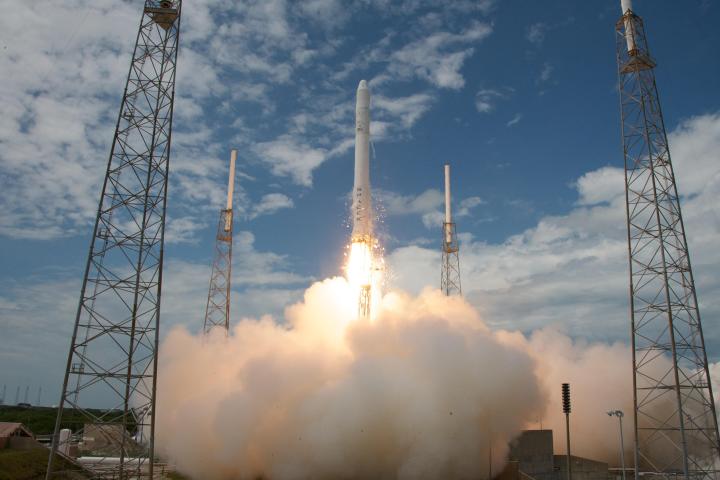
Since then the team has been working with industry experts from the likes of NASA, the Federal Aviation Administration, and the U.S. Air Force to try to determine the cause of the incident.
Elon Musk’s space company revealed on Friday that it’s close to understanding exactly what went wrong, adding that it hopes to resume missions before the end of the year.
Getting its operation up and running again in less than four months would be a major boost for SpaceX. Following the loss of a Falcon 9 booster in 2015 just minutes after launch, missions were put on hold for a full six months, while this latest incident had some speculating its space project could be grounded for up to a year.
As for the cause of September’s explosion, SpaceX had said it suspected a breach in the rocket’s helium system of the second stage liquid oxygen (LOX) tank.
In an update posted on its website, the California-based company said that while the root cause of the breach has yet to be confirmed, “attention has continued to narrow to one of the three composite overwrapped pressure vessels (COPVs) inside the LOX tank.”
It added that following extensive testing, it’s been able to “re-create a COPV failure entirely through helium loading conditions. These conditions are mainly affected by the temperature and pressure of the helium being loaded.”
SpaceX said that at the moment its two main objectives are to pinpoint “the exact root cause” of the incident and to develop “improved helium loading conditions that allow SpaceX to reliably load Falcon 9.”
Finally, it confirmed that “pending the results of the investigation, we continue to work towards returning to flight before the end of the year.”
SpaceX’s latest report aims to reassure partners considering whether to use the company for launching its payloads, after all, none will want to see their satellite suffer the same fate as Spacecom’s Amos-6 satellite at the start of September.
The update is also SpaceX’s way of telling the world that it’s as determined as ever to push ahead with its goal of launching manned missions to the International Space Station, as well as its altogether bolder ambition of one day reaching Mars.
Editors' Recommendations
- Watch SpaceX fire Starship’s Raptor engines ahead of 4th test flight
- SpaceX Starlink internet heads to first cruise ships
- Watch SpaceX’s Crew Dragon thrusters guide it to space station
- SpaceX Crew-4 astronauts are on their way to the space station
- How to watch SpaceX Crew-4 astronauts launch to ISS


